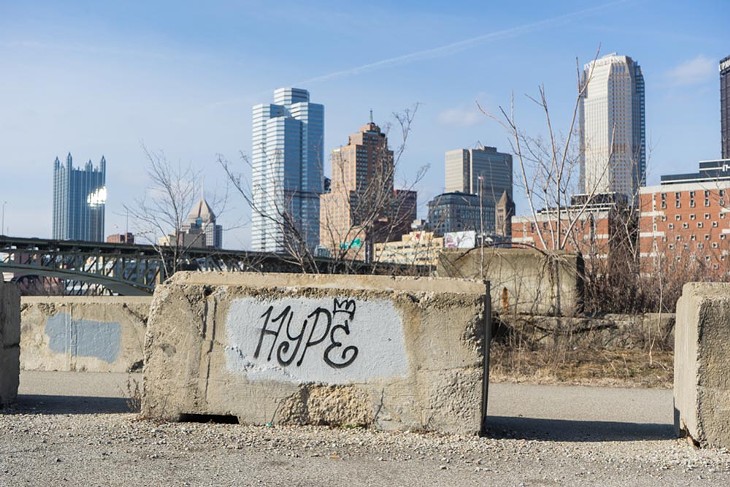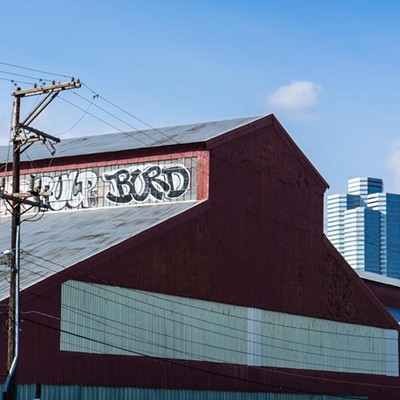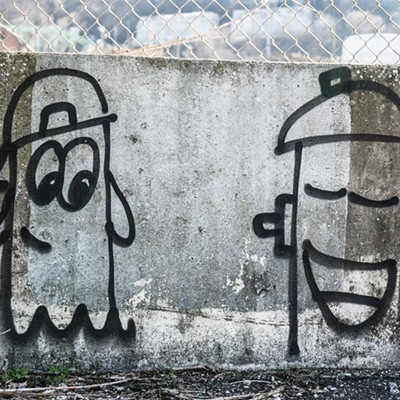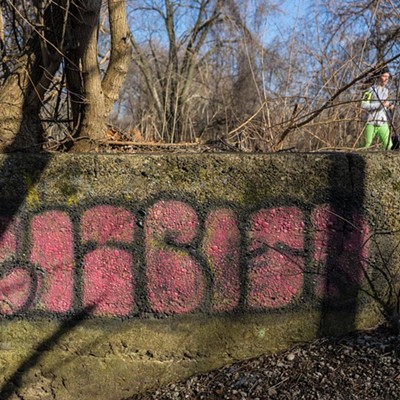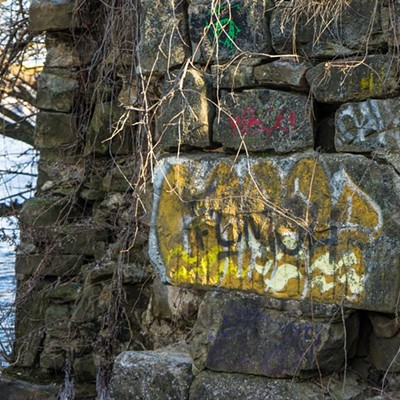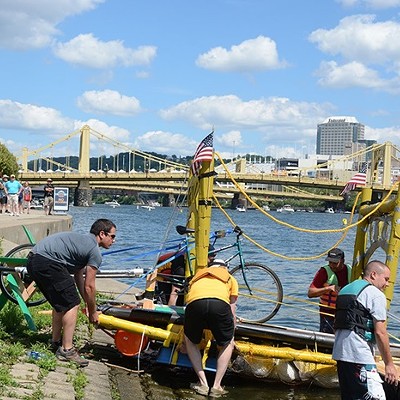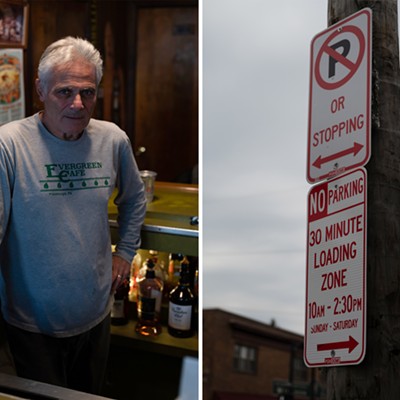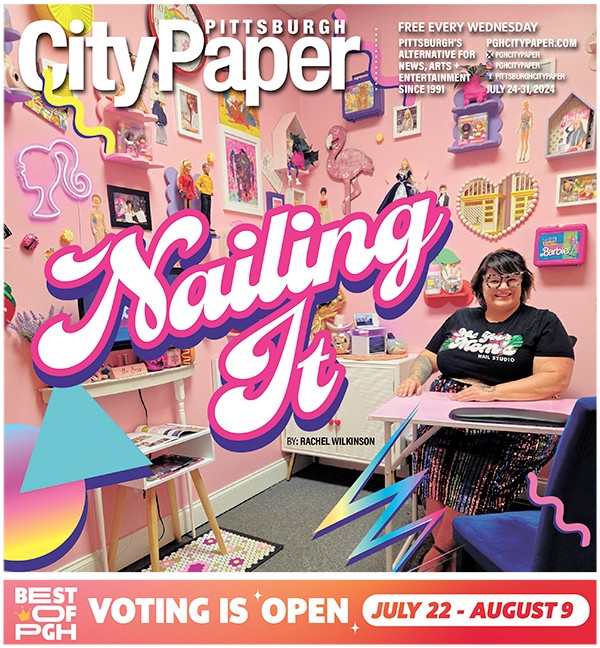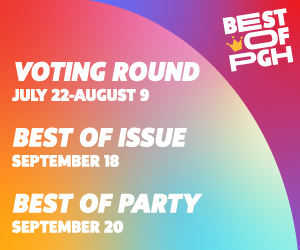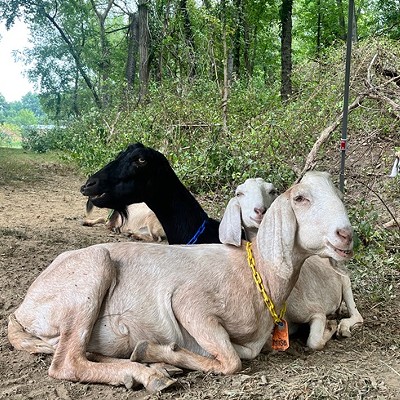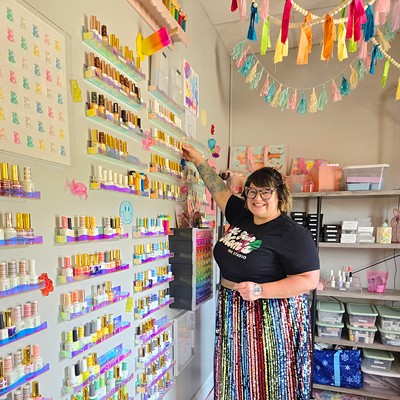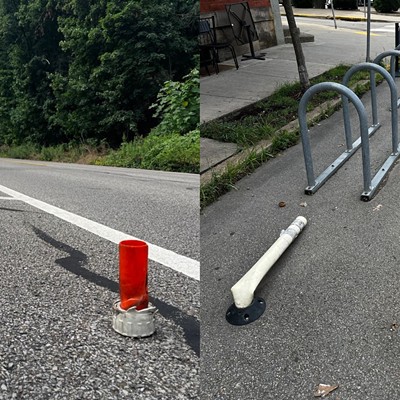For years, the staff at Rivers of Steel National Heritage Area had a problem. One of its historic sites, the Carrie Furnaces, was plagued by graffiti. Those charged with maintenance couldn’t keep up. By the time one graffiti tag was removed, 10 more popped up somewhere else.
But Rivers of Steel, which is tasked with preserving historic industrial sites, came up with a solution. It started a program allowing artists to do sanctioned street art on the site in pre-approved locations.
That program and approach to managing the city’s graffiti problem is unique around here. It’s one of the few public places where street art is legal. Throughout most of the city, artists caught throwing up a tag or mural would be arrested.
That’s what happened to Carnegie Mellon University student Max Gonzales (known on the street as Gem), who was arrested in February after rising to the top of the Pittsburgh Bureau of Police Graffiti Squad’s most-wanted list. Gonzalez is being charged with $114,000 worth of damage.
Graffiti remains a source of frustration for many residents in the city. Neighborhood Facebook groups are riddled with pictures of graffiti and accompanying complaints.
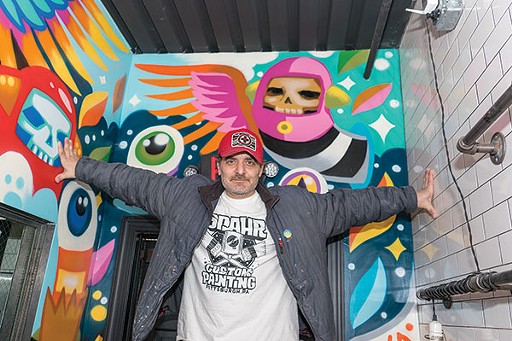
“When we go to community meetings, people always stress their concerns about graffiti, that they dislike it,” says Graffiti Squad Det. Braden Seese. “You’re always going to have people who say there are more important crimes out there, but for the most part [residents are] against it.”
But another segment of the city has begun embracing street art. Murals are popping up in many neighborhoods, and local and international artists are using graffiti as a form of activism. These people say the key to reducing illegal street art isn’t the Graffiti Squad, which was reactivated this past November after a three-year hiatus. The key to curbing illegal activity, they say, is to create more legal spaces for artists.
“If you provide an outlet for the artists, 98 percent of them are going to be so grateful for the outlet that they’ll work within whatever parameters are there and it keeps illegal activity down,” says Ron Baraff, Rivers of Steel archive director. “You’re always going to have some people who that’s the thrill for them — the illegal side of it. But the more buy-in you have, the more partnership you have, the more success you have. If you spend all your time screaming and yelling about graffiti being awful and [saying], ‘We need to scrub it all off,’ all it’s going to do is make more people want to come out and do it.”
Painter Matt Spahr got his start in street art in the late ’80s as part of the SDA (Super Dope Art) crew. Now 44, he won’t confirm or deny whether he still does illegal graffiti, but said he spends most of his time painting murals and signs. His work can be seen at popular Downtown restaurants like Tako and Butcher and the Rye.
“I always messed with spray paint when I was an adolescent but I really got into painting burners and graffiti proper probably about 1988,” he says. “Everybody who painted graffiti in the city — it was a small group — we all knew each other. We just painted for fun. There was friendly competition between one another to see who could paint the nicest characters or get the freshest outlines out.”
(A burner is a larger graffiti piece usually done on a wall, billboard or the outside of a railroad car.)
Like Gonzales, Spahr was arrested for street art in his youth. He said graffiti is an outlet for many young artists.
“It’s the same spirit that was alive back in my heyday that’s alive today. It’s just kids looking for a voice, and you gotta start somewhere,” Spahr says. “Graffiti’s a pretty effective way to put yourself out there. When you’re young, the galleries don’t want anything to do with you.”
Spahr challenges those who don’t see graffiti as art, comparing it to Japanese calligraphy. And he says negative attitudes are beginning to shift.
“Mostly it’s the older generation griping about it, but we’re in the dawn of the new era and that form of art is not going to be demonized the same way it was in the past,” says Spahr. “I know a lot of twentysomething kids coming up, they would probably rather live in a neighborhood where they can go down the street and see some unsolicited, unsanctioned public artwork.”
In order to reduce illegal activity, Spahr said city government should create public art spaces where artists can work without having to file a permit. He identified the Eliza Furnace Trail near the Allegheny County Jail as a possible location.
“Pittsburgh could use a legal spot for those who don’t want the risk,” says Spahr. “Somewhere you can show up with a milk crate full of spray paint on a Sunday afternoon and you paint a burner.”
Baraff, from Rivers of Steel, agrees. He says the program at the Carrie Furnaces, which launched four years ago, could be a model for the rest of the city.
“We realized there was a story to tell there, a story of postindustrial Pittsburgh and how people and communities interact with these abandoned sites and how these abandoned sites move from a place of work to something very different, and in the case of Carrie it really became this site of exploration and in many ways a big urban playground,” says Baraff.
And since then, Baraff says he can count the number of times graffiti was done illegally on the site on one hand. (Artists interested in doing work at the site should contact Baraff or artist liaison Shane Pilster at www.riversofsteel.com.)

